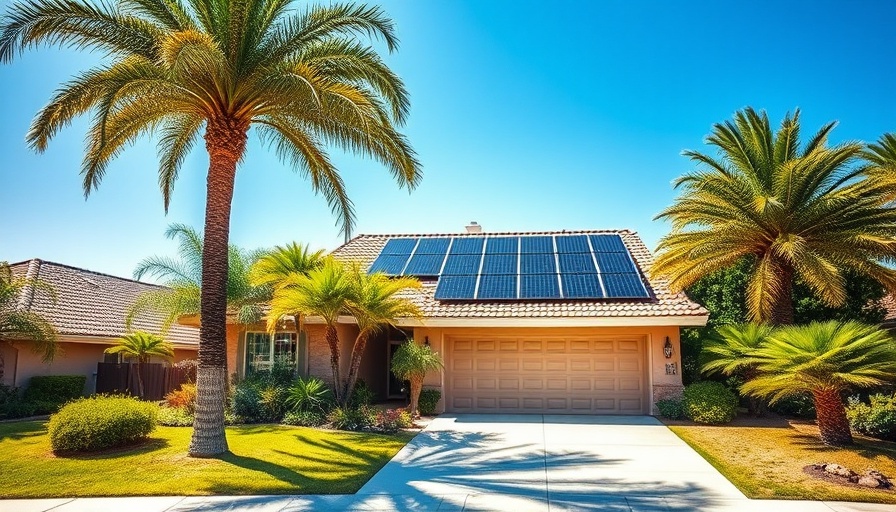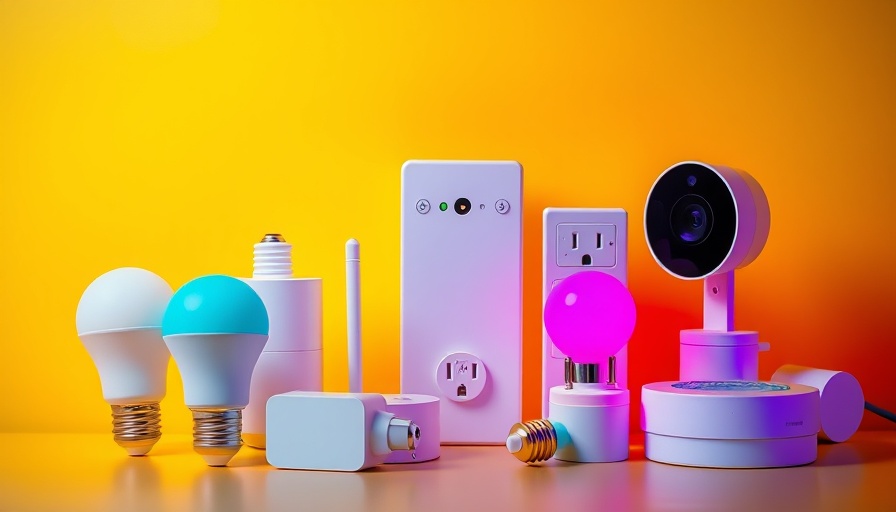
Understanding Your Energy Needs: The Key to Solar Panel Calculation
When considering the transition to solar energy, a common question arises: how many solar panels do you need to run your house? For a typical U.S. household, the answer generally falls between 19 to 23 solar panels. This estimate, while offering a starting point, varies greatly based on your specific energy consumption and other variables. It’s crucial to grasp how your energy usage affects the number of panels you'll need.
Assessing Your Home’s Energy Consumption
Your household's energy consumption is the primary factor dictating how many solar panels you should install. The average American home consumes around 10,649 kWh annually, translating to about 29 kWh daily. To understand your unique consumption, review your past electricity bills or use an energy monitor. Factors such as household size, the number of electrical appliances, and seasonal usage patterns in heating and cooling significantly impact your energy needs.
Calculating Panel Requirements: Simplifying the Process
To break it down mathematically, if you know your average daily energy consumption, you can use the following formula:
Daily Consumption (kWh) / Average Panel Output (kWh) = Number of Panels Needed
Most standard solar panels produce between 250 to 400 watts of energy per hour, depending on efficiency and weather conditions. By converting panel output into kWh for daily calculations, homeowners can see more clearly how many panels are necessary for their specific needs.
Cost Considerations: Is Solar a Worthwhile Investment?
The initial investment of installing a solar system typically ranges from $13,000 to $16,000 for a home needing 19-23 panels. Although this price tag may deter some, it is important to recognize the long-term financial benefits of solar energy. Over time, savings on electricity bills, potential tax rebates, and the increase in property values can all offset the cost of installation.
Future-Proof Your Energy Needs
As energy consumption trends continue to evolve, it may be wise to anticipate future needs. With the rise of electric vehicles and smart home technology, your energy requirements might increase. For homeowners looking to go solar, planning for potential future expansions in energy use is essential, and installing additional panels now could save you from having to upgrade your system later.
Integrating Solar with Energy Storage Solutions
For those looking to maximize their solar panel efficiency, pairing solar systems with battery storage is an intelligent strategic move. Not only does this allow you to capitalize on your power generation, but it also gives you the peace of mind that comes with being prepared for grid outages. This integration can make your solar investment even more beneficial over time.
Making the Switch to Solar: Your Action Plan
If you’re ready to explore the possibility of installing solar panels in your home, begin by calculating your energy usage. Seek solar providers who can offer consultations and estimates. Participation in local solar incentives and financing programs can further lower costs. Additionally, by undergoing this process, you contribute to the growth of a sustainable future.
In conclusion, while the initial cost of solar panels may seem daunting, calculating your energy needs and understanding the long-term benefits makes the switch worthwhile. By taking active steps now, you can thrive in a changing energy landscape.
 Add Row
Add Row  Add
Add 



